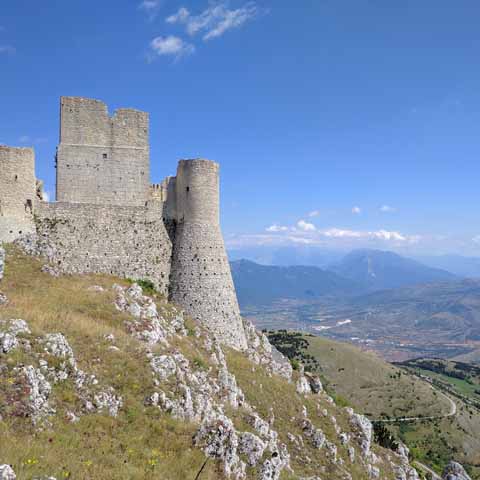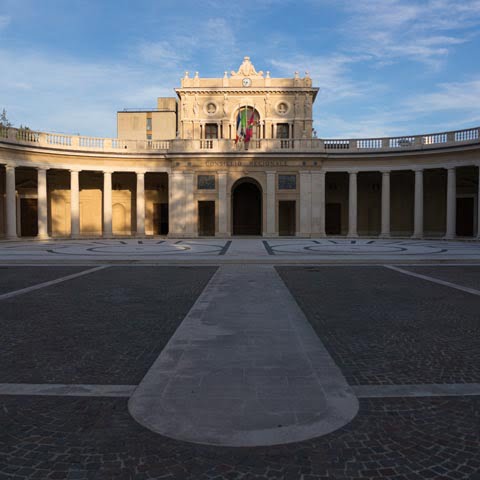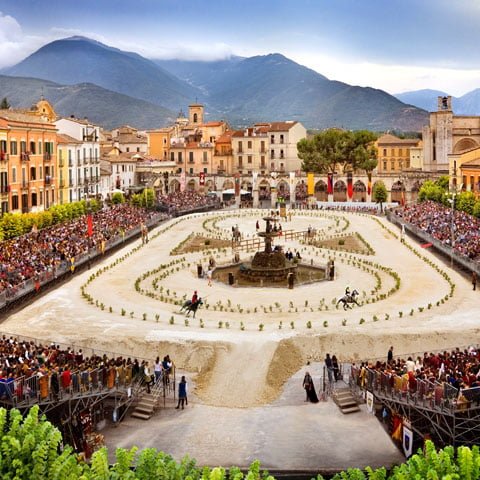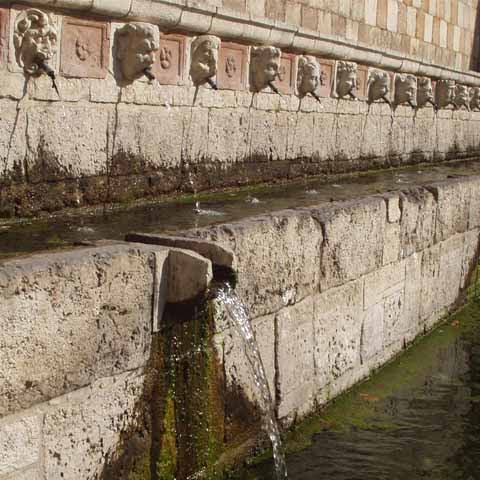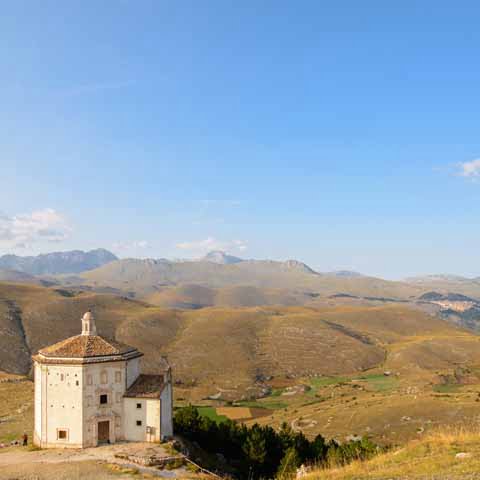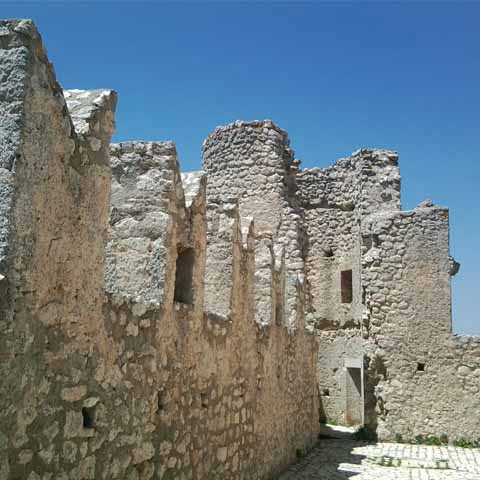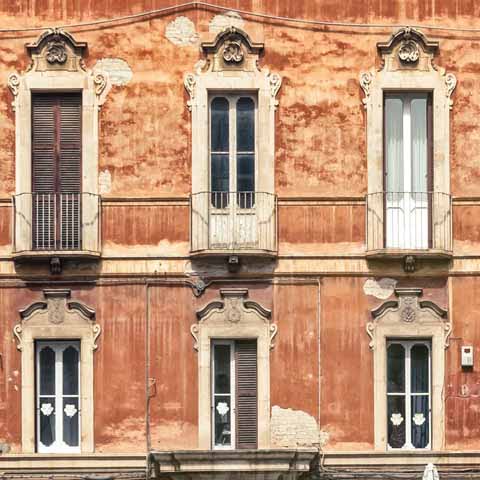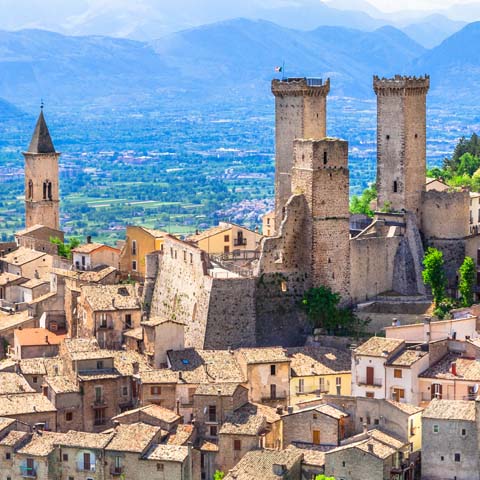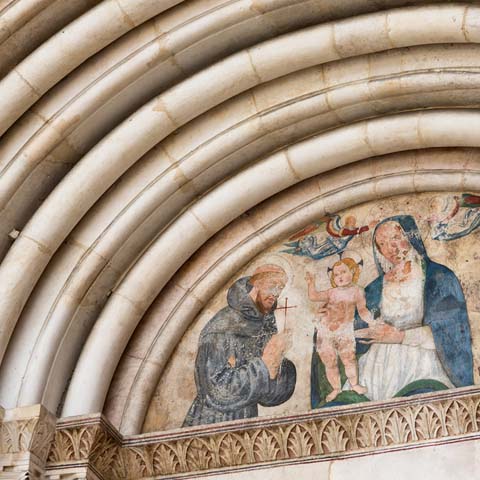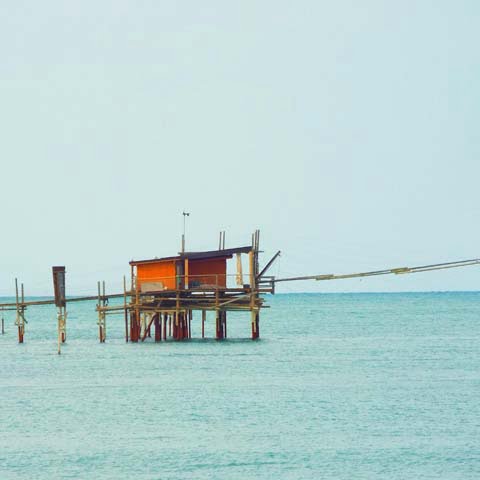Located in the central part of Italy, Abruzzo is a region which features four provinces – L’Aquila, Teramo, Pescara, and Chieti – as well as a population of over one million people. This area is rich in history that shapes nearly every aspect of the region’s culture, including art, architecture, and cuisine.
Abruzzo’s First Inhabitants
As far back as history dates, nomadic populations have occupied the Abruzzo region. The earliest of these inhabitants survived by harvesting natural foods and hunting throughout the region’s valleys. While very little is known about the region prior to Rome conquering the area, historians have traced back to reveal tribes that occupied the region beforehand, such as the Aequi, the Marsi, the Samnites, the Vestini and the Peligna Valley tribe.
Fossils suggest that the people of the Neolithic period – around 2,000 to 5,000 years ago – had developed a thriving agricultural economy, which consisted of farming and raising sheep. These agricultural activities were spread throughout small villages. During the Metal Age, after the arrival of populations from Asia, sheep farming and herding developed even more. In fact, traditions of sheep-herding are still present in modern day Abruzzo.
The greatest piece of artwork from this time period in Abruzzo is the incredible statue Warrior of Capestrano. Located at the National Archaeology Museum of Abruzzo in Chieti, this piece dates to 500 BC and represents the sculpture of the early Italic civilizations.
While tribes of Abruzzo flourished independently, the Roman Empire on the opposite side of the Apennines was becoming stronger and growing larger. History tells us how heavily impacted the ancient world was by this growth, and Abruzzo was no exception.
Romans began to conquer the tribes of the Italic period around 300-400 BC. However, the tribes of the region were known for their aggressiveness and fiercely opposed their new enemy. Various tribes, which had previously preferred to be independent from one another, united under unified leadership to combat the Romans, leading to many wars between the Romans and the early Abruzzo inhabitants. Eventually, the Romans overcame the tribes and by the Augustan era, all of Abruzzo was considered Roman territory. The Roman Republic allowed the Italic tribes to earn Roman citizenship and the area was renamed Sabina et Samnium.
Roman Impact on Abruzzo
While the road to Roman colonization was costly to the local inhabitants of early Abruzzo, the influence the Romans had on the area was highly impactful.
As such a strong empire, the Romans had the ability to build up the area with improved infrastructure. During this process, the Romans destroyed existing cities to create new city-colonies that featured theaters, spas, baths, amphitheaters, and other public spaces and buildings. The most important role the Romans played in advancing Abruzzo and the Roman Empire as a whole, however, was the construction of new roads – which would connect Rome to the Adriatic Coast.
Abruzzo Throughout the Middle Ages and Beyond
The productivity of Abruzzo’s expansion was stopped at the fall of the Roman Empire. During the Middle Ages the region was known as Aprutium, which possibly refers to a pre-Roman Italic tribe. Under the rule of Charlemagne – also commonly known as Charles the Great – some of the area’s most notable architecture was built. Many of the important buildings form this time are still around to be seen today, including various abbeys and religious structures.
1,000 AD saw the arrival of the Normans who would take control of Abruzzo in a little over a century. Visits to modern day Abruzzo reveal a variety of Norman influences that remain throughout the region, especially in terms of architecture.
In 1233, Frederick II, the Holy Roman Emperor, unified the territory of Abruzzo, reorganizing the region and naming Sulmona as the capital city. The city of L’Aquila was founded in 1254 and would become one of the main cities in the Kingdom of Naples – second only to Naples. Around the same time, Cistercian Benedictines made vast improvements to the area’s economic and social status.
For the next few centuries, the region flourished both culturally and politically. Though Abruzzo would go through economic highs and lows as it transitioned from domination by the French Anjou Dynasty to being taken over by the Spanish – who would rule until the early 1700s.
Baroque Period
After the plague of 1656 and a couple of earthquakes that severely damaged the region in the early 1700s, the Baroque period in Abruzzo served as a time for reconstruction and further development.
Architecture
New buildings were constructed throughout the region, such as the churches of Santa Caterina and Sant’Agostino in L’Aquila. A key remnant of this time period, which visitors can still see today, is the interior of many medieval churches that were redecorated to reflect the ornate sensibilities of the Baroque style.
18th Century Abruzzo to Modern Times
Following Spanish rule, the French Bourbon Kings had dominion over Abruzzo until Napoleon took over. During his time as the leader of the region, Napoleon would abolish feudalism and reform the region in a variety of ways. At this point in time, the economy of Abruzzo thrived, but mainly near the coast.
Modern Day Development
After World War I, fascism thrived in Abruzzo due to the vast gap between the region’s social classes. During World War II, the region was home to two prisoner of war camps and it underwent significant destruction due to its location along the German Winter Line.
Reconstruction and rebuilding of the region was slow, and the bulk of its repairs did not occur until the 60s. The pinnacle of the area’s growth was in the mid-70s to 80s. Today, Abruzzo is a developed area that preserves its agrarian and rural background.
The area’s recent history was marked by the earthquake of 2009 which had its epicenter near L’Aquila, devastating the city as well as other parts of Abruzzo, with some effects even extending to the surrounding regions.
National Parks
Abruzzo is known as the “greenest region in Europe” due to its large number of national parks, which were first established in the 90s. Nearly one-third of Abruzzo’s territory is set aside for these parks and reserves, including the National Park of Abruzzo, the Gran Sasso National Park, and the Maiella National Park.
About Abruzzo
